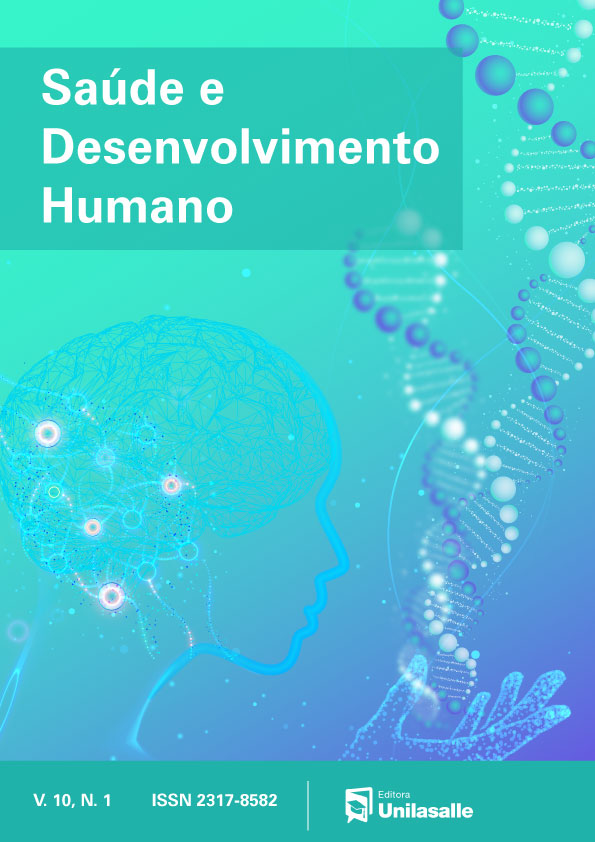Ipsilateral Hand Reaction Time in Individuals with Hemiparesis
DOI:
https://doi.org/10.18316/sdh.v10i1.8159Keywords:
Motor Skills, Stroke, RehabilitationAbstract
Introduction: Although a greater sensory and motor impairment after a stroke occurs on the contralatera body side to brain injury, impairments on the ipsilateral side have been reported. However, the characteristics of this commitment are unclear.
Objective: To evaluate the simple reaction time (RT) of the ipsilateral upper limb in individuals with post-stroke hemiparesis.
Material and Methods: Altogether, 26 individuals were evaluated, 13 with chronic post-stroke hemiparesis (EG) and 13 controls matched by gender and age (CG). Initially, the general information of the participants was recorded, followed by the evaluation of functional independence, motor function and laterality of the upper limb, as well as simple RT with the use of visual (RVT) and auditory (RAT) cues.
Results: The EG showed differences between RVT and RAT when the RVT presented better results. No differences were observed for RT in the CG. Differences between groups were observed when the CG was significantly faster.
Conclusion: Individuals with post-stroke hemiparesis present impairments in the RT of the upper limb ipsilateral to the lesion, a fact influenced by the characteristic of the initial stimulus provided.Â
Downloads
Published
Issue
Section
License
Authors who submit their manuscripts to be published in this journal agree to the following terms:
- Authors retain copyright and grant the journal right of first publication with the work simultaneously licensed under the Creative Commons Attribution License that allows the sharing of work and recognition of its initial publication in this journal.
- By virtue of the articles appearing in this open access journal, articles are free to use, with proper attribution, in educational and non-commercia.


